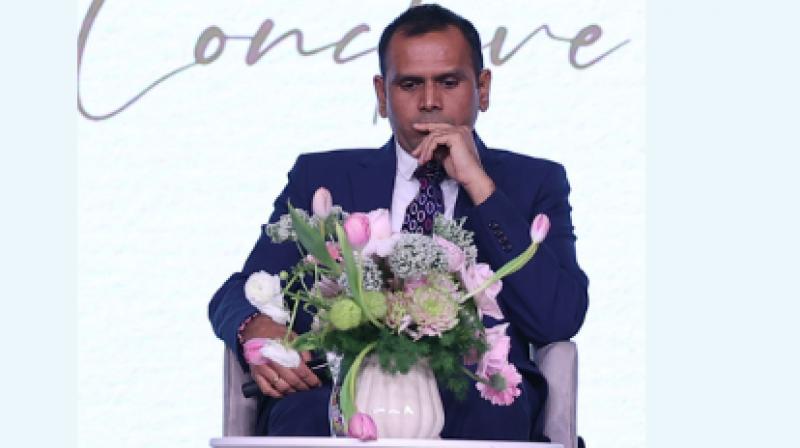Luxury in India is an ever-evolving landscape, and Poltrona Frau India, under the leadership of Amit Pai, the managing director and CEO, is at the forefront of redefining it. In a chat with Manifest on the sidelines of Condé Nast India's Luxury Conclave, which took place last month, Pai delved into the brand's journey, strategies, sustainability initiatives, and prospects in the Indian market.
Established in 2007, Poltrona Frau India embarked on its venture in a challenging environment, navigating restrictions on foreign direct investment in the home decor sector.
Despite the hurdles, the company chose an independent investment path, later forming a joint venture with the Tata Group. This strategic move laid the foundation for Poltrona Frau's expansion across key Indian cities, driven by a commitment to excellence and a deep appreciation for the country's vibrant markets.
Poltrona Frau's competitive edge
Pai underscored that customer experience lies at the heart of Poltrona Frau's approach. "Through meticulously curated showrooms and a dedicated workforce, the brand ensures a consistent standard of service and ambience, guiding patrons through a seamless journey of discovery and understanding. This customer-centric philosophy serves as a differentiator in a competitive landscape. Our company views competitors not just as rivals but as sources of inspiration for continuous refinement," he remarked.
In a market where price sensitivity often prevails, Pai acknowledged the initial hesitation towards luxury pricing. However, he highlighted that this hesitancy diminishes when customers experience the brand's offerings first-hand.
He shared, "Poltrona Frau's focus remains on building lasting relationships rather than merely selling products, with a keen understanding that happy customers are the cornerstone of sustained success."
Long live print
Addressing the evolving digital landscape, Pai acknowledged the increasing importance of online channels while also recognising the enduring relevance of traditional print media.
"We're currently in the process of leveraging digital platforms, although it's worth noting that the furniture category has been somewhat slow to embrace this shift. While we've explored various approaches, including online engagement, print media is still a cornerstone of enduring relevance. While digital channels are crucial for reaching younger demographics and future clients, there are limitations. We hope to see this communication landscape evolve in the future and intend to see print given more prominence," he revealed.
Poltrona Frau's storytelling of Italian craftsmanship in the Indian market
He pointed out that craftsmanship and heritage are integral to Poltrona Frau's identity, resonating deeply with consumers. "Through immersive storytelling and educational initiatives, the brand showcases its Italian legacy and meticulous craftsmanship, fostering a deeper connection with the Indian audience," stated Pai.
A highlight of Poltrona Frau's global presence is its collaboration with Fiat 500 on 'Dolce Vita' lifestyle interiors, which garnered attention worldwide.
While Pai hinted at the possibility of extending this partnership to the Indian market, he also emphasised other collaborations and partnerships that have bolstered the brand's presence in India, such as the 'Interiors in Motion' offering that caters to luxury automotive interiors.
"Interiors in Motion specialises in crafting luxury seating solutions for a diverse range of industries, including luxury yachts, airline seating, and automotive interiors. From collaborating with brands like Singapore Air and Jaguar Land Rover to delivering bespoke leather car seats for iconic models such as McLaren and Ducati, we take pride in our market-leading expertise across various sectors," shared Pai.
Discussing Poltrona Frau's sustainable practices to resonate with environmentally conscious consumers. "Our commitment to reducing our carbon footprint extends beyond our showrooms to encompass our entire operation, including warehousing and factories. Recognising the environmental impact of leather production, we've implemented innovative processes to reduce pollution, such as tanning methods that minimise harmful discharges. This sustainable approach, rooted in over a century of practice, emphasises the responsible use of materials, including leather sourced as a by-product of the animal husbandry industry. By promoting efficiency across all units in our company, we strive to make significant strides in environmental conservation. We have encouraged the use of EVs for senior leadership in our company as well," Pai concluded.

.jpg)









